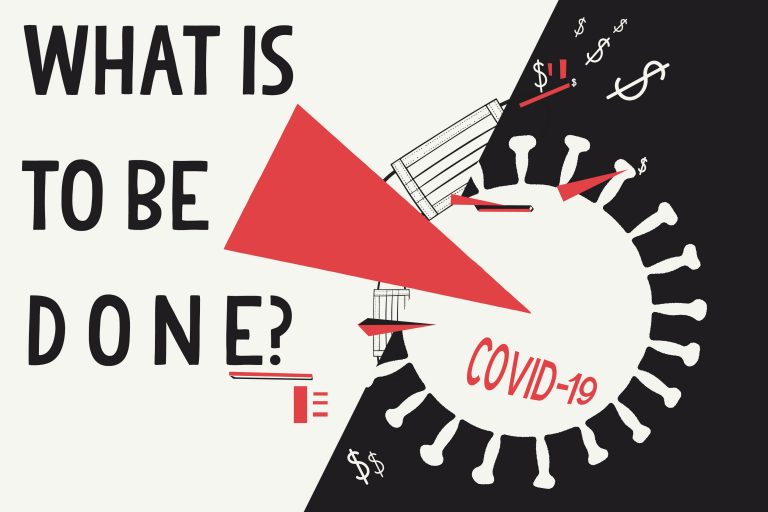What is to be done?
An idiomatic phrase that I think should be taught more…

(Image credit: Marxist.ca)
I never really absorbed this useful expression till the 10th time or so that I read Victoria Howard’s “Just One His Leg, Just One His Arm”, published by Melville Jacobs in 1936.
It’s used 3 times, always by people confronted with a dangerous and difficult situation, each occurrence given a different translation by Jacobs:
qʰáta áɬqi nsayka?
how Future we
Jacobs: ‘What can there be for us to do?’ (page 2, top line)
Jacobs: ‘What is there for us to do?’ (page 3, top line)
Jacobs: ‘What can we do now?’ (page 3, paragraph 8, sentence 2)
The literal meaning of this 3-word phrase is ‘How will we be?’
Given the context of its use in the story, plus the frequently adverse connotations of qʰáta in the southern dialect (recall munk-qʰáta ‘mess with, foul it up; do harm or damage to’), I understand this expression to mean what I’d say in my native English as —
What (the hell) are we supposed to do now?!
There’s even more evidence to back up this understanding.
When I read the letters written in Chinuk-Pipa alphabet by BC Indigenous people, I sometimes come across them making exasperated verbal contrasts, on the order of “I go to church every Sunday, and how (pi qʰáta) is she calling me a bad person?!”
It makes me feel confident that we can adapt the above expression for our personal lives. It’s easy to imagine getting into an argument where I’d say “pi qʰáta áɬqi nayka?!” for ‘Whaddaya want from me?!’ or ‘Okay, now what am I supposed to do?!’
